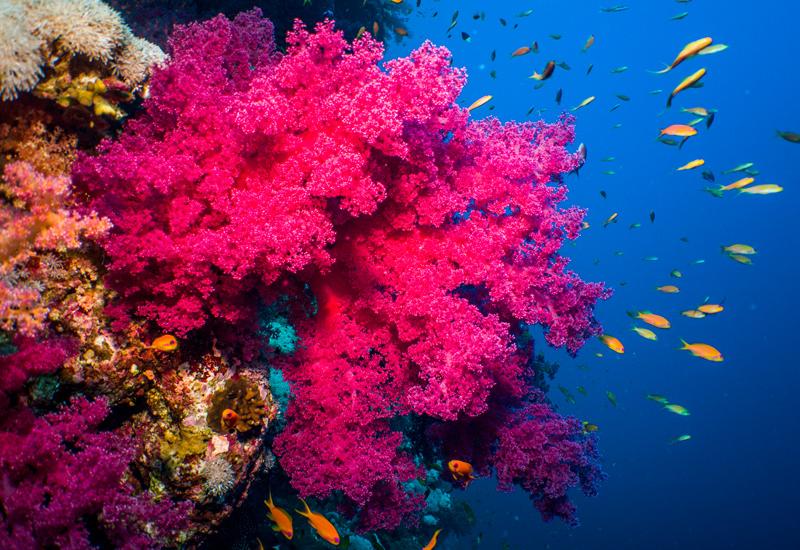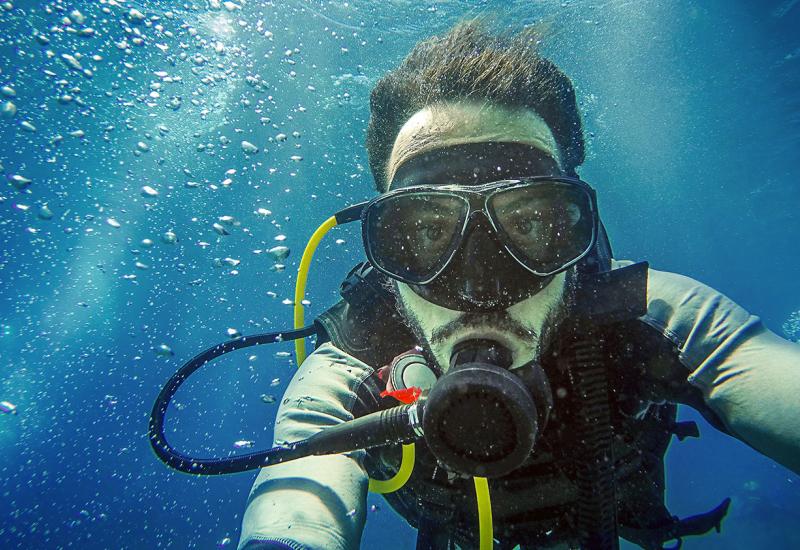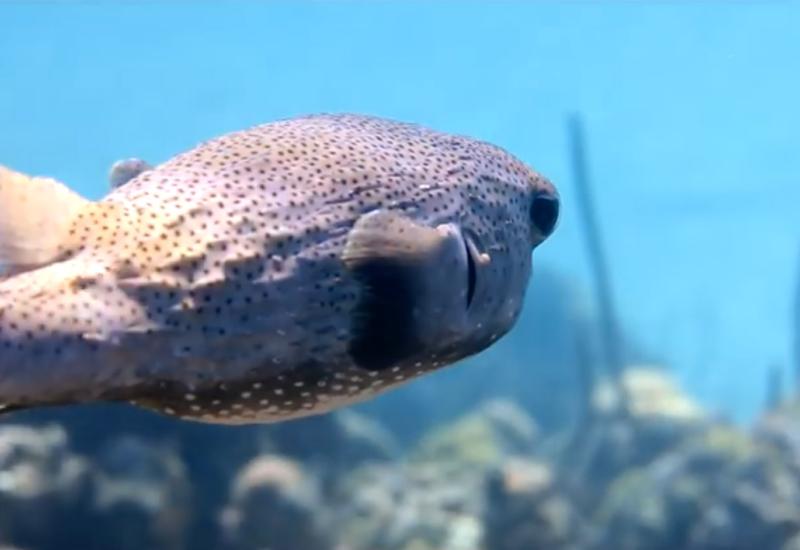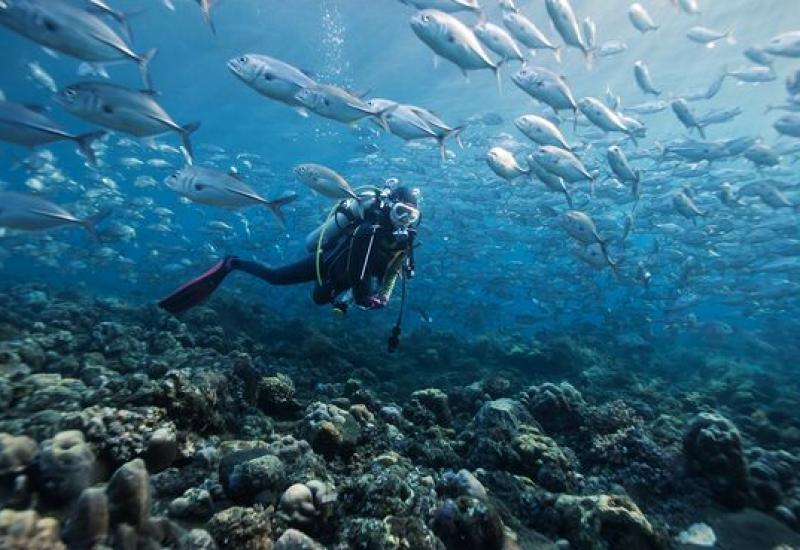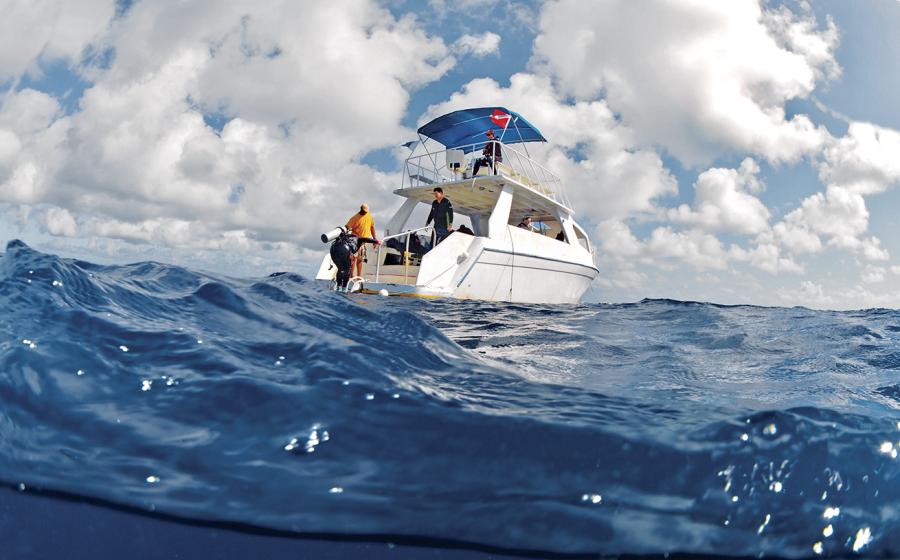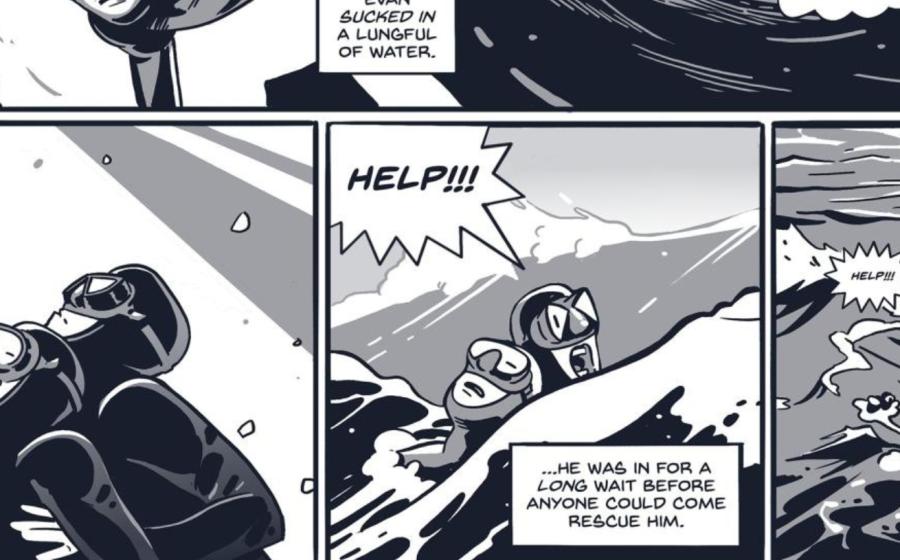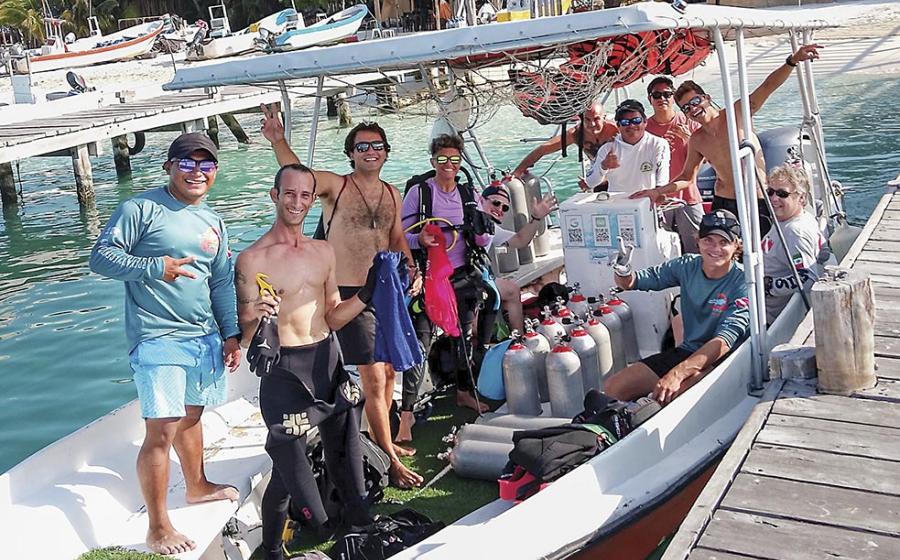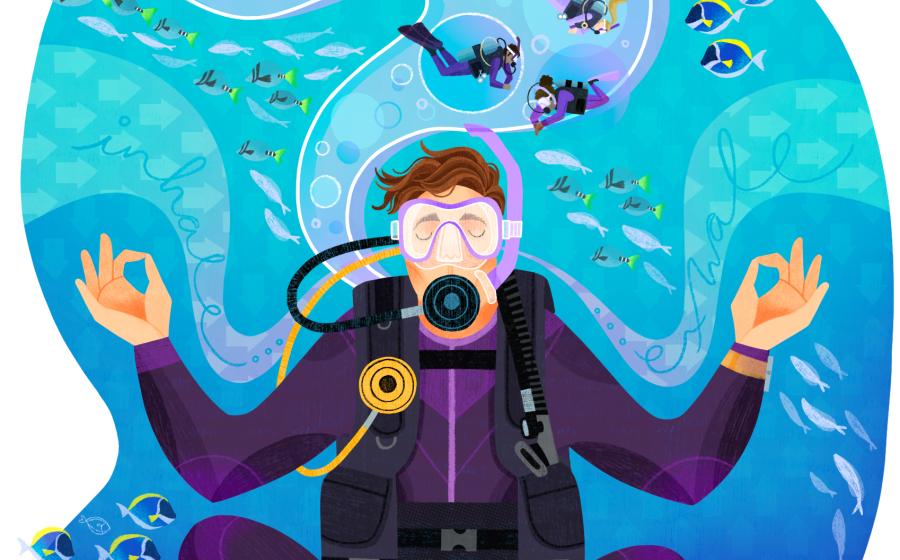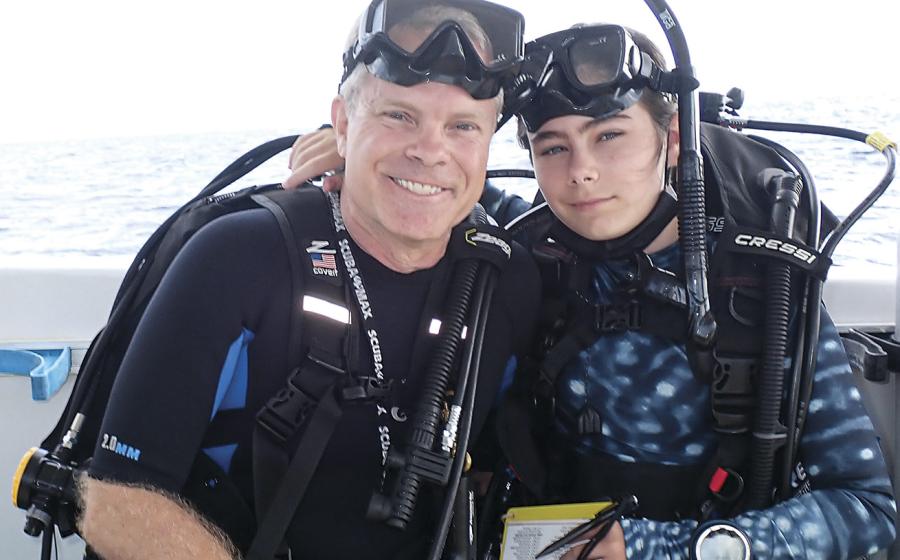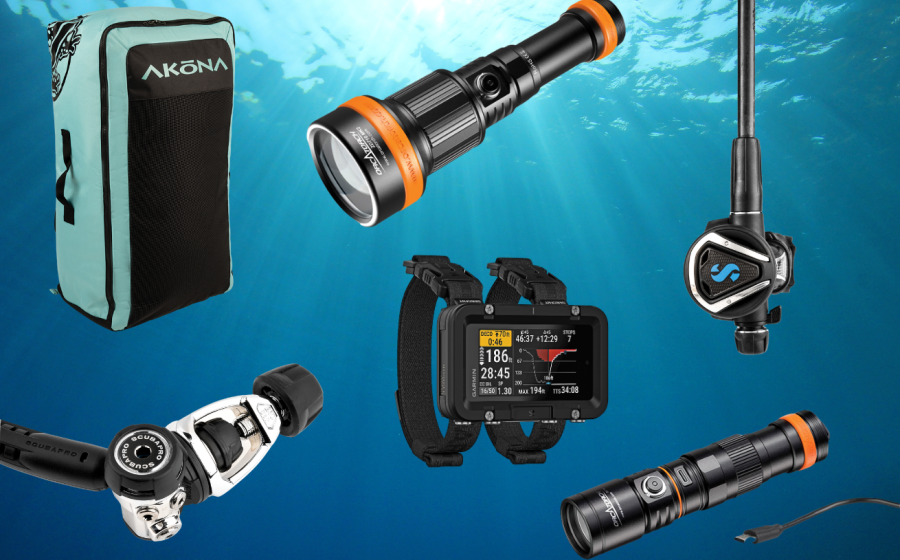What to Expect During Your Open Water Scuba Course
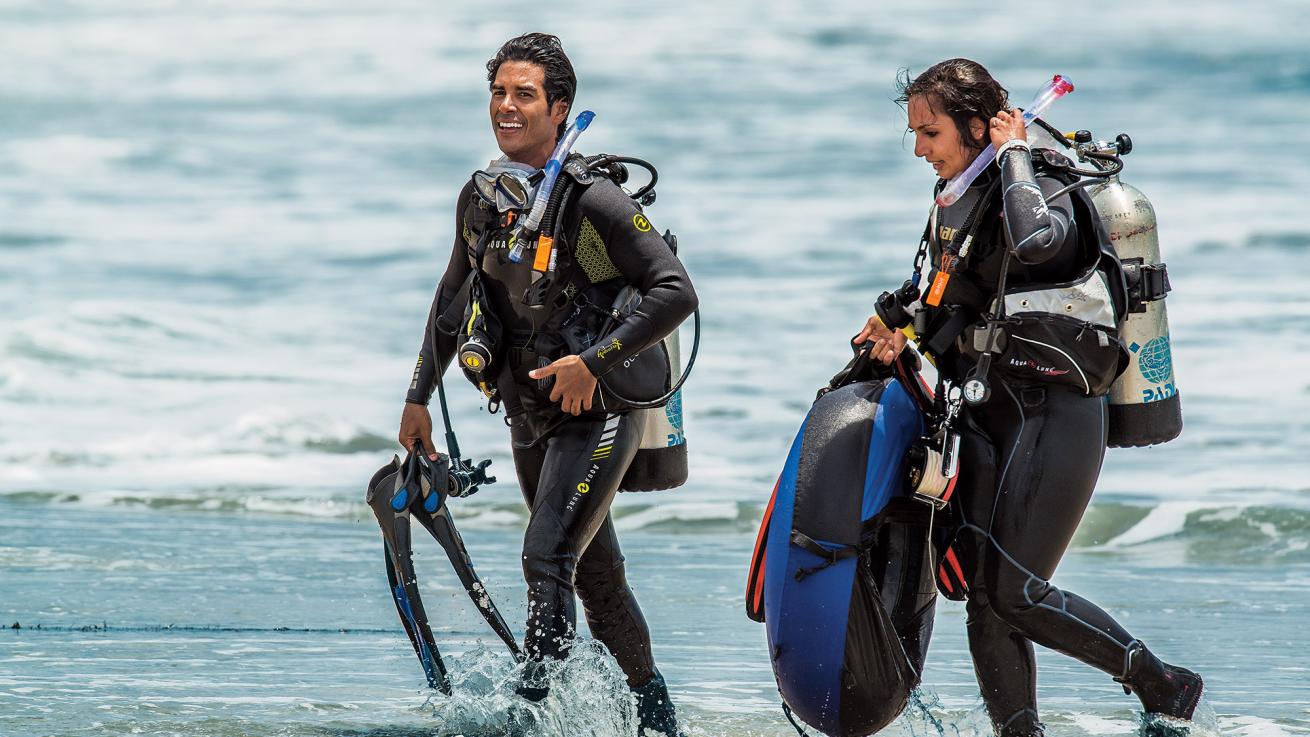
Karl Shreeves/© PADI, used with permissionOf course, the entire course is fun, but the highlight is when you practice applying your scuba skills in open water.
You tried scuba and loved it — or haven’t tried it yet, but know you will — and you’re ready to get fully certified so you can dive without instructor supervision. Awesome. Here’s what you need to know to become a PADI Open Water Diver — the world’s most popular and recognized entry-level full certification. Learning to dive has three basic components: thinking (i.e., rules and concepts), doing (i.e., routine and safety skills) and applying (putting it all together by making four scuba dives).
Thinking
In most cases, you learn scuba rules and concepts online, with an app or using a paper manual. This part introduces you to safety issues, how and why things are the way they are underwater, the gear you need (page 36) and how it all relates to skills you’ll learn. Simple exercises and short quizzes let you confirm you’re getting it as you progress. As for things that you’re not 100 percent certain about and are making you scratch your head, your instructor will review with you while relating what you’re learning to your interests and where you’re actually diving.
Doing
You learn dive skills in a pool, or pool-like conditions, while applying the rules and concepts you’ve learned. This covers routine skills such as getting some water out of your mask and watching your air supply, and safety skills, such as sharing air with a buddy, just in case.
Applying
After you’ve demonstrated skill mastery in pool conditions, your instructor takes you on four scuba dives at local dive sites. Of course, the entire course is fun, but this is the highlight, where you practice applying what you’ve learned to real scuba circumstances. By completing them successfully, you demonstrate to your instructor that you’re ready to dive with a buddy on your own, and qualify for PADI Open Water Diver certification.
Start Now
You can start now. No, seriously. Go to padi.com, click “Get Certified” and follow the links. Or contact your local PADI Dive Center or Resort (click Find a Dive Shop).
Play by the Rules
Before signing up, make sure you meet these requirements.
1) Be at least 10 years old.
2) Be able to float or tread water for 10 minutes and swim 660 feet with no swim aids (or 1,000 feet with mask, fins and snorkel); no time requirement.
3) Meet medical qualification. Prior to in-water activities, you’ll complete a medical statement (to get it in advance, visit padi.com and click on “Start Now”) that screens for conditions that may affect your safety while diving. Answer honestly — a “yes” to a screened condition doesn’t necessarily exclude you from diving, but it does mean you must consult your physician and, together, agree that you can dive without unreasonable risk from that condition.
Note that the PADI Open Water Diver course is highly adaptable to special needs, with many people with differing challenges able to participate. Contact your PADI Dive Center or Resort for more information.
Kids ’R Divers
Would you like to introduce your children to scuba diving but don’t know where to start? Here’s what you need to know.
1) A child must be 10 years old to begin training. Children 10 and 11 years old must dive with a parent or guardian; ages 12 to 14 must dive with an adult trained diver.
2) Just like adults, kids must be able to float and swim (see Play by the Rules, above).
3) There are depth restrictions for children in entry-level training. Children ages 10 and 11 must stay 40 feet and shallower; junior divers 12 to 14 years old must not go deeper than 60 feet.
4) Proper fit and comfort are essential in learning to scuba dive. Several gear manufacturers offer gear specifically made for kids.
Interested in a family dive vacation where your child can be certified as a diver? Check out upcoming Kids Sea Camp trips, and plan a trip that will create a lifetime of memories!

